

Articles
How To Store Fresh Fish
Modified: February 23, 2024
Learn the best methods for storing fresh fish with our informative articles. Keep your catch fresh and delicious for longer with these expert tips.
(Many of the links in this article redirect to a specific reviewed product. Your purchase of these products through affiliate links helps to generate commission for Storables.com, at no extra cost. Learn more)
Introduction
Welcome to our comprehensive guide on how to properly store fresh fish. Whether you’re an avid angler or just enjoy indulging in the occasional seafood feast, knowing how to store fish correctly is crucial to maintain its freshness, flavor, and texture. Improper storage can lead to bacterial growth, causing the fish to spoil quickly and potentially pose a health risk.
In this article, we’ll take you through the step-by-step process of storing fresh fish, from selecting the right storage container to freezing and thawing techniques. By following these guidelines, you can ensure that your fish remains in optimal condition, allowing you to enjoy delicious seafood dishes whenever you please.
So, let’s dive right in and learn the best practices for storing your catch or the fish you purchase from the market.
Key Takeaways:
- Properly storing fresh fish is essential for maintaining its quality, flavor, and texture. By following the guidelines in this comprehensive guide, you can ensure your fish remains in optimal condition for delicious seafood dishes.
- From choosing the right storage container to thawing frozen fish, this guide provides essential tips for preserving the flavor and texture of fresh fish. With proper storage and cooking techniques, you can enjoy high-quality seafood meals at home.
Read more: How To Store Fresh Fish Fillets
Importance of Properly Storing Fresh Fish
Proper storage of fresh fish is essential for maintaining its quality and preventing bacterial growth. By following the correct storage methods, you can extend the shelf life of your fish and ensure that it remains safe to consume. Here are a few reasons why properly storing fresh fish is important:
- Prolongs freshness: Freshly caught fish or fish purchased from the market has a limited shelf life. By storing it properly, you can help extend its freshness and maintain its natural flavor.
- Prevents spoilage: Fish is highly perishable and can spoil quickly if not stored correctly. The growth of bacteria, such as Salmonella and other harmful pathogens, can lead to foodborne illnesses. Proper storage conditions can help prevent the growth of these harmful bacteria.
- Preserves texture: When fish is exposed to improper storage conditions, it can become mushy or develop a slimy texture. Proper storage helps maintain the desired firmness and texture of the fish flesh.
- Minimizes odor: Fresh fish has a distinct aroma, but improper storage can intensify and create unpleasant odors. By storing fish properly, you can minimize odor transfer to other foods in your refrigerator or freezer.
- Reduces wastage: When fish spoils due to improper storage, it often results in wastage and the need to discard the fish. Proper storage techniques can help reduce wastage and save your valuable time and money.
By understanding the importance of proper fish storage, you can ensure that the fish you cook and consume is of the highest quality and remains safe to eat. Now that we’ve covered the significance of storing fish correctly, let’s move on to the next section, where we’ll discuss the different factors to consider when choosing the right storage container.
Choosing the Right Storage Container
When it comes to storing fresh fish, selecting the appropriate storage container is crucial. The right container will help maintain the fish’s quality, prevent cross-contamination, and minimize odor transfer. Here are some factors to consider when choosing a storage container:
- Material: Opt for containers made of food-grade materials such as glass, stainless steel, or BPA-free plastic. These materials are non-reactive and won’t affect the flavor or freshness of the fish.
- Size: Choose a container that comfortably accommodates the size of the fish without overcrowding. Adequate space allows for air circulation, preventing the fish from becoming mushy or developing off-flavors.
- Tight-fitting lid: Ensure that the container has a secure, tight-fitting lid to seal in freshness and prevent exposure to air. This helps extend the shelf life of the fish and prevents it from drying out or absorbing unwanted odors.
- Transparency: Opt for transparent or translucent containers to easily identify the contents and monitor any changes in the fish’s condition.
- Easy to clean: Choose containers that are easy to clean and sanitize, as maintaining proper hygiene is essential when storing fish.
- Stackable: If you have limited storage space in your refrigerator or freezer, consider using stackable containers to maximize the available space.
It’s worth noting that if you’re using plastic containers, make sure they are specifically labeled as food-grade and safe for storing seafood. Additionally, avoid containers with strong odors or ones that have previously held strong-smelling foods, as these odors can transfer to the fish and impact its flavor.
By taking these factors into account, you can choose the right storage container that ensures your fresh fish remains in optimal condition. Next, we’ll explore the steps involved in preparing the fish for storage.
Preparing the Fish for Storage
Properly preparing fresh fish before storage is essential to preserve its quality and prevent spoilage. Here are the steps you should follow to prepare the fish for storage:
- Clean the fish: Start by cleaning the fish thoroughly. Rinse it under cold running water to remove any scales, slime, or loose debris. Gently pat it dry with paper towels to remove excess moisture.
- Gut and remove entrails: If the fish has not been gutted, carefully remove the entrails. Use a sharp knife or fish scaler to make an incision along the belly and remove the internal organs. Rinse the cavity with cold water and pat dry.
- Remove the head and fins (optional): Depending on your preference and the size of the fish, you may choose to remove the head and fins. This can make storage and handling easier.
- Season or marinate (optional): If you plan to cook the fish within a day, you can season or marinate it before storing. This can enhance the flavor and add extra moisture to the fish. However, if you intend to freeze the fish, it’s best to season it after thawing.
- Wrap individually: Individually wrap each fish fillet or whole fish in plastic wrap or freezer paper. This helps prevent air exposure and protects the fish from freezer burn if you’re planning to freeze it. Alternatively, you can use airtight containers or resealable plastic bags.
- Label and date: Don’t forget to label each package with the type of fish, cut, and date of storage. This ensures that you can easily identify the fish later on and use it within the recommended time frame for optimal freshness.
It’s important to note that the time between catching or purchasing the fish and preparing it for storage should be kept to a minimum to maintain freshness. Ideally, you should begin the preparation process as soon as possible after acquiring the fish.
By following these preparation steps, you can ensure that your fresh fish is ready for storage in the most optimal way. In the next sections, we’ll explore the best practices for storing fresh fish in both the refrigerator and freezer.
Storing Fresh Fish in the Refrigerator
When it comes to storing fresh fish in the refrigerator, it’s important to maintain proper temperature and storage conditions to prevent bacterial growth and maintain freshness. Here are the steps to follow for storing fresh fish in the refrigerator:
- Preparation: Ensure that the fish is properly cleaned and prepared as mentioned earlier. Wrap each fish fillet or whole fish tightly in plastic wrap or place them in airtight containers to prevent air exposure.
- Temperature: Set your refrigerator temperature to 32°F to 38°F (0°C to 3°C) to ensure that the fish remains chilled but does not freeze. Avoid storing fish on the door shelves as it may be exposed to varying temperatures when the door is opened frequently.
- Placement: Store the fish on a low shelf towards the back of the refrigerator, where the temperature is more consistent. This helps maintain a colder and more stable environment for the fish.
- Separation: Keep the fish separate from other foods to prevent cross-contamination. Ideally, store the fish in a dedicated section or drawer in your refrigerator.
- Duration: Fresh fish should be consumed within 1 to 2 days when stored in the refrigerator. It’s best to cook and consume it as soon as possible to enjoy optimal freshness.
- Odor control: To minimize the risk of fish odor transferring to other foods, you can place a box of baking soda or a bowl of activated charcoal in your refrigerator. This helps absorb any lingering odors.
Remember, the refrigerator can help maintain the freshness of fish for a short period. If you are not planning to consume the fish within a couple of days, it’s recommended to opt for freezing. Now, let’s explore the process of freezing fresh fish to extend its shelf life.
When storing fresh fish, always keep it in the coldest part of the refrigerator, ideally on ice or in a sealed container. This helps maintain its quality and freshness for a longer period of time.
Read more: How To Store Fresh Caught Fish In Fridge
Freezing Fresh Fish
Freezing fresh fish is an excellent way to extend its shelf life and ensure that you can enjoy it at a later time. Proper freezing techniques help preserve the quality, flavor, and texture of the fish. Here’s how to freeze fresh fish:
- Preparation: Clean and prepare the fish as mentioned earlier. Make sure it is dry to prevent freezer burn. If you prefer, you can season or marinate the fish before freezing.
- Wrap securely: Individually wrap each fish fillet or whole fish tightly in plastic wrap, making sure to cover it completely. This helps prevent air exposure and freezer burn. Alternatively, you can also use vacuum-sealed bags for an airtight seal.
- Double bagging: For extra protection, place the wrapped fish in a resealable freezer bag or wrap it with a second layer of plastic wrap. This provides an additional barrier against moisture and helps maintain the fish’s freshness.
- Label and date: Label each package with the type of fish, cut, and date of freezing. This ensures that you can easily identify the fish later on and use it within the recommended storage time.
- Freezing process: Place the wrapped fish in the coldest part of your freezer. If possible, set the temperature to 0°F (-18°C) or below. Avoid overcrowding the freezer and leave some space between the packages to allow for proper air circulation.
- Duration: Fresh fish can be stored in the freezer for up to 3-6 months, depending on the type of fish. It’s best to use a freezer-safe storage chart or consult reliable sources to determine the recommended storage time for specific fish species.
- Thawing: When you’re ready to use the frozen fish, transfer it to the refrigerator and allow it to thaw slowly overnight. Thawing in the refrigerator helps maintain the fish’s quality and minimize the risk of bacterial growth. Avoid thawing fish at room temperature, as it can lead to uneven thawing and potential spoilage.
Remember, freezing fish does not improve its quality, but it does help preserve it. To enjoy the best flavor and texture, it’s recommended to consume the fish as soon as possible after thawing. Now that you know how to freeze fresh fish properly, we’ll move on to the next section, where we’ll provide some tips for preserving the flavor and texture of the fish during storage.
Tips for Preserving Fish Flavor and Texture
Preserving the flavor and texture of fresh fish during storage is essential to ensure that it remains delicious and enjoyable to eat. Here are some tips to help you maintain the quality of your fish:
- Use high-quality fish: Start with high-quality fresh fish. The better the quality of the fish, the longer it will maintain its flavor and texture during storage.
- Handle fish with care: When cleaning and preparing the fish, handle it gently to avoid damaging the flesh. Rough handling can lead to texture changes and moisture loss.
- Keep it cold: Maintain the proper temperature throughout the storage process. Whether in the refrigerator or freezer, ensure that the fish is kept at the recommended temperature to minimize bacterial growth and slow down enzyme activity.
- Avoid overpacking: For both refrigerator and freezer storage, avoid overcrowding the storage container or freezer compartment. Proper airflow is essential to maintain the fish’s quality.
- Minimize air exposure: Properly wrap each fish fillet or whole fish to prevent air exposure, which can cause freezer burn or accelerate spoilage. Ensure that the packaging is airtight to maintain the fish’s flavor and texture.
- Keep odors separate: Store fish away from strong-smelling foods to prevent odor transfer. Fish easily absorbs odors, which can affect its taste and aroma.
- Store in portion sizes: If you’re planning to freeze the fish, consider dividing it into portion sizes suitable for your needs. This allows you to thaw only what you need, minimizing waste and ensuring the best quality for the remaining fish.
- Rotate stock: When storing fish, use the first-in, first-out (FIFO) method. Consume the older fish before using the newly stored ones to maintain freshness and avoid unnecessary wastage.
- Avoid refreezing: Once fish has been thawed, it’s best to consume it rather than refreezing it. Refreezing can negatively impact the texture and flavor of the fish.
By following these tips, you can help preserve the flavor and texture of your fresh fish during storage. Remember that the quality of the fish will gradually decline over time, so it’s best to consume it within the recommended storage period. Now that you’re armed with these preservation tips, let’s move on to the next section, where we’ll discuss the proper techniques for thawing frozen fish.
Thawing Frozen Fish
Thawing frozen fish properly is crucial to maintain its texture, flavor, and quality. Improper thawing can lead to moisture loss, texture changes, and potential bacterial growth. Here are the recommended methods for thawing frozen fish:
- Refrigerator thawing: The best and safest method for thawing frozen fish is to transfer it from the freezer to the refrigerator and allow it to thaw slowly. Place the fish on a plate or in a shallow dish to catch any drips, and let it thaw overnight or for several hours depending on the size and thickness of the fish. This gradual thawing helps preserve the fish’s texture and prevents bacterial growth. Once thawed, cook and consume the fish as soon as possible.
- Cold water thawing: If you need to thaw frozen fish quickly, you can use the cold water thawing method. Place the wrapped fish in a leak-proof plastic bag and submerge it in cold water. Change the water every 30 minutes to maintain a consistent temperature. Thawing time can vary depending on the size of the fish, but a pound of fish typically thaws within an hour. Once thawed, cook and consume the fish immediately.
- Microwave thawing: Although not recommended, you can use a microwave to thaw fish if you’re short on time. Follow the manufacturer’s instructions for defrosting fish and use the microwave’s defrost setting. Be cautious not to partially cook the fish during the process, as it can affect the texture and taste. Once thawed, cook and consume the fish right away to minimize the risk of bacterial growth.
Regardless of the thawing method you choose, it’s important to never refreeze fish that has been thawed. Thawed fish should be cooked and consumed promptly. Avoid leaving fish at room temperature for an extended period, as this can promote bacterial growth.
Now that you know the proper techniques for thawing frozen fish, you’re ready to cook and enjoy your delicious seafood. In the next section, we’ll touch upon cooking fresh fish from storage and share some tips for preparing mouth-watering seafood dishes.
Cooking Fresh Fish from Storage
When it comes to cooking fresh fish from storage, there are various methods and techniques you can use to create delicious and flavorful dishes. Here are some tips to help you cook your stored fish to perfection:
- Thaw completely: Ensure that your fish is completely thawed before cooking. Thawed fish cooks more evenly, resulting in a better texture and flavor.
- Seasoning: Depending on your recipe and personal preference, season the fish with herbs, spices, or marinades. Seasoning can enhance the flavor and add a delightful aroma to your dish.
- Cooking methods: Experiment with various cooking methods such as grilling, baking, broiling, pan-searing, or steaming to bring out the best in your fish. Different fish species may require different cooking techniques, so choose the method that suits the type of fish you have.
- Doneness: Cook the fish until it reaches the appropriate internal temperature. The FDA recommends that fish reaches an internal temperature of 145°F (63°C) to ensure it’s safe to eat. Cooking times will vary depending on the thickness and type of fish.
- Don’t overcook: Be mindful not to overcook the fish, as it can result in dry and tough texture. Pay close attention and remove the fish from heat as soon as it is cooked through to maintain its moisture.
- Pairing flavors: Experiment with complementary ingredients and flavors to enhance your fish dish. Lemon, garlic, herbs like dill and parsley, and a variety of sauces and marinades can all add depth and complexity to the flavor profile of the fish.
- Presentation: Take the time to present your cooked fish beautifully. Garnish with fresh herbs, lemon slices, or a drizzle of sauce to add visual appeal to your dish.
- Experiment and have fun: Feel free to get creative in the kitchen and try out new recipes and cooking techniques. Cooking fish can be an enjoyable and rewarding experience, so don’t be afraid to step out of your comfort zone.
By following these tips, you can confidently cook your freshly stored fish and create delectable seafood dishes that will impress your family and guests. Remember to savor the flavors and textures of your hard work. Now, let’s conclude our guide on storing fresh fish.
Read more: How To Store Fish While Fishing
Conclusion
Properly storing fresh fish is crucial to maintain its freshness, flavor, and texture. By following the guidelines outlined in this comprehensive guide, you can ensure that your fish remains in optimal condition, ready to be transformed into delicious seafood dishes whenever you desire.
We discussed the importance of proper fish storage and the factors to consider when choosing the right storage container. We also covered the steps involved in preparing the fish for storage, whether it’s cleaning, gutting, or seasoning. Furthermore, we explored the best practices for storing fish in both the refrigerator and freezer, highlighting the significance of maintaining the correct temperature and minimizing air exposure.
We provided tips for preserving the flavor and texture of fish during storage, emphasizing the importance of handling fish with care, minimizing odor transfer, and ensuring proper airflow. Additionally, we discussed the proper techniques for thawing frozen fish to maintain its quality and reduce the risk of bacterial growth.
To wrap things up, we offered tips for cooking freshly stored fish, including seasoning, choosing cooking methods, and ensuring proper doneness. We encouraged you to get creative in the kitchen, experiment with flavors, and enjoy the process of preparing and cooking your fish.
Your knowledge and understanding of properly storing fresh fish will allow you to make the most of your catch or the fish you purchase, minimizing wastage and maximizing the enjoyment of delicious seafood meals.
So, the next time you bring home that fresh catch or stock up on seafood from the market, remember the tips and techniques shared in this guide to ensure that your fish remains fresh, flavorful, and ready to be transformed into culinary delights.
Frequently Asked Questions about How To Store Fresh Fish
Was this page helpful?
At Storables.com, we guarantee accurate and reliable information. Our content, validated by Expert Board Contributors, is crafted following stringent Editorial Policies. We're committed to providing you with well-researched, expert-backed insights for all your informational needs.



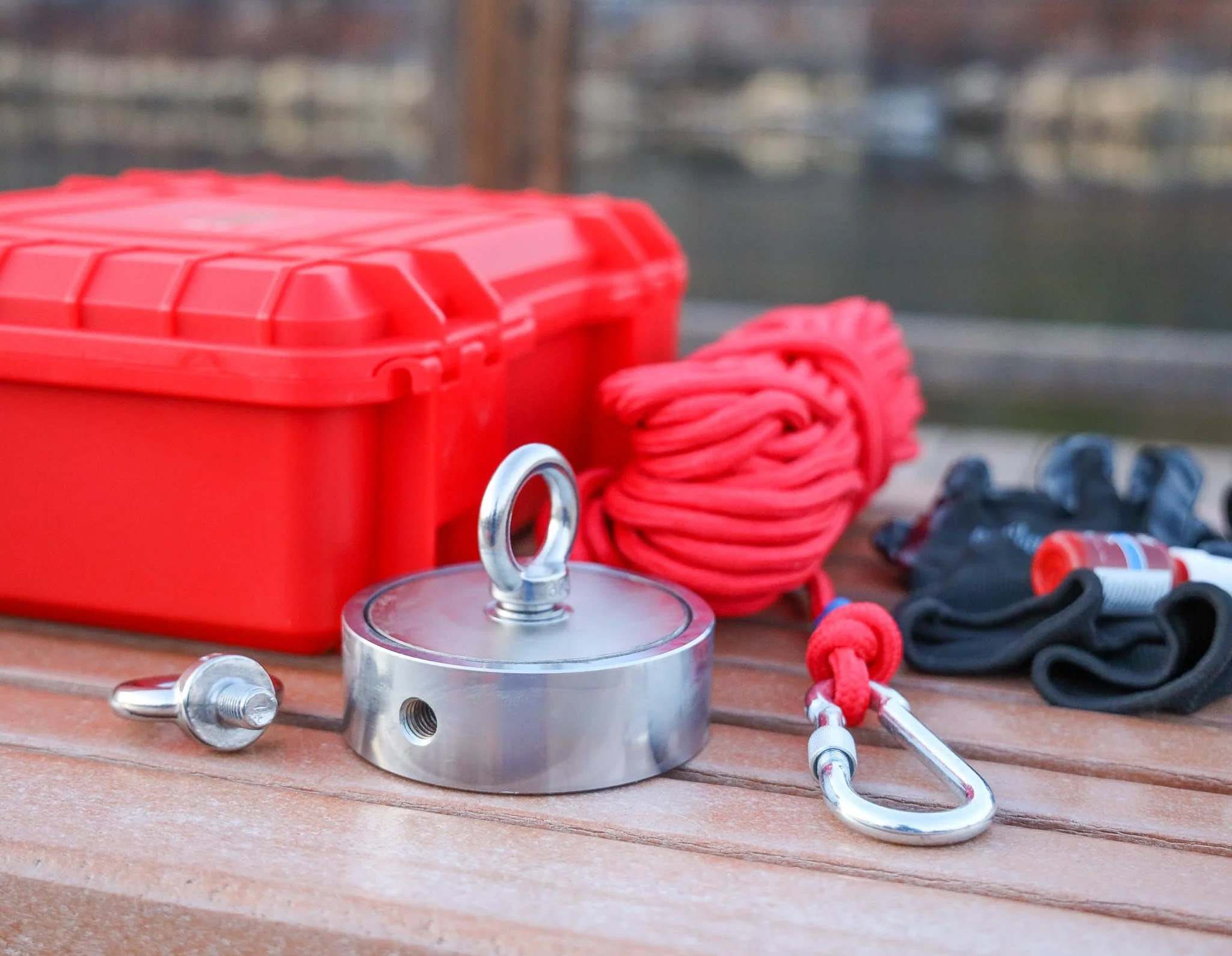


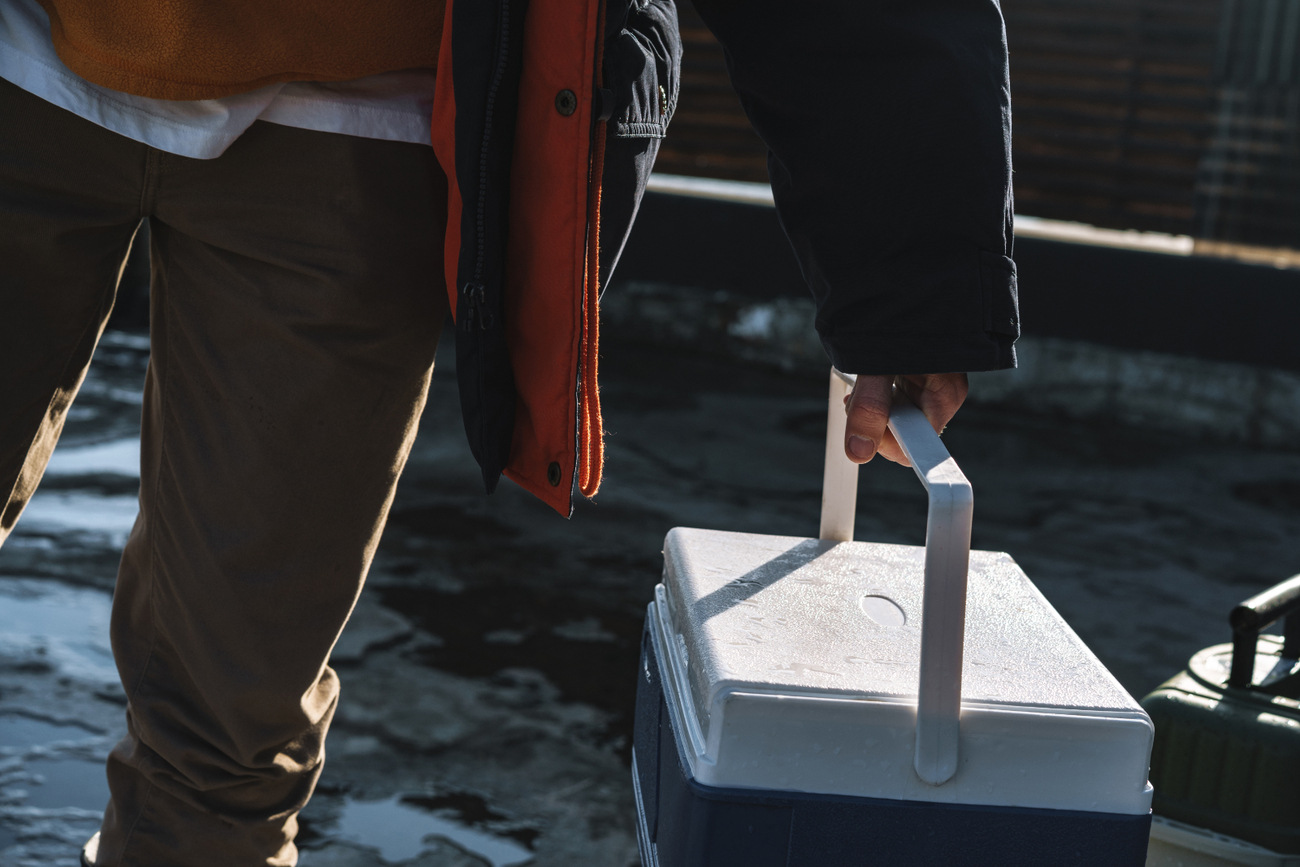

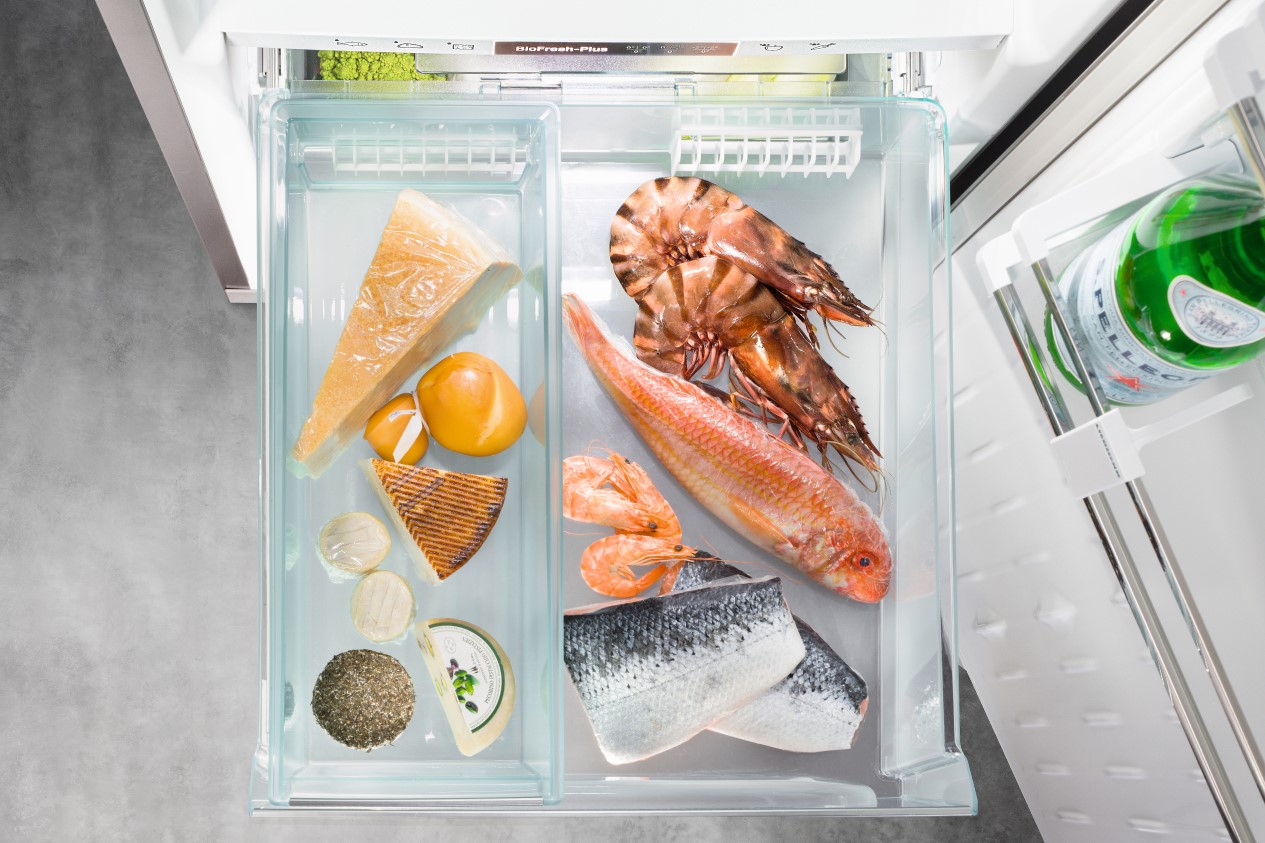
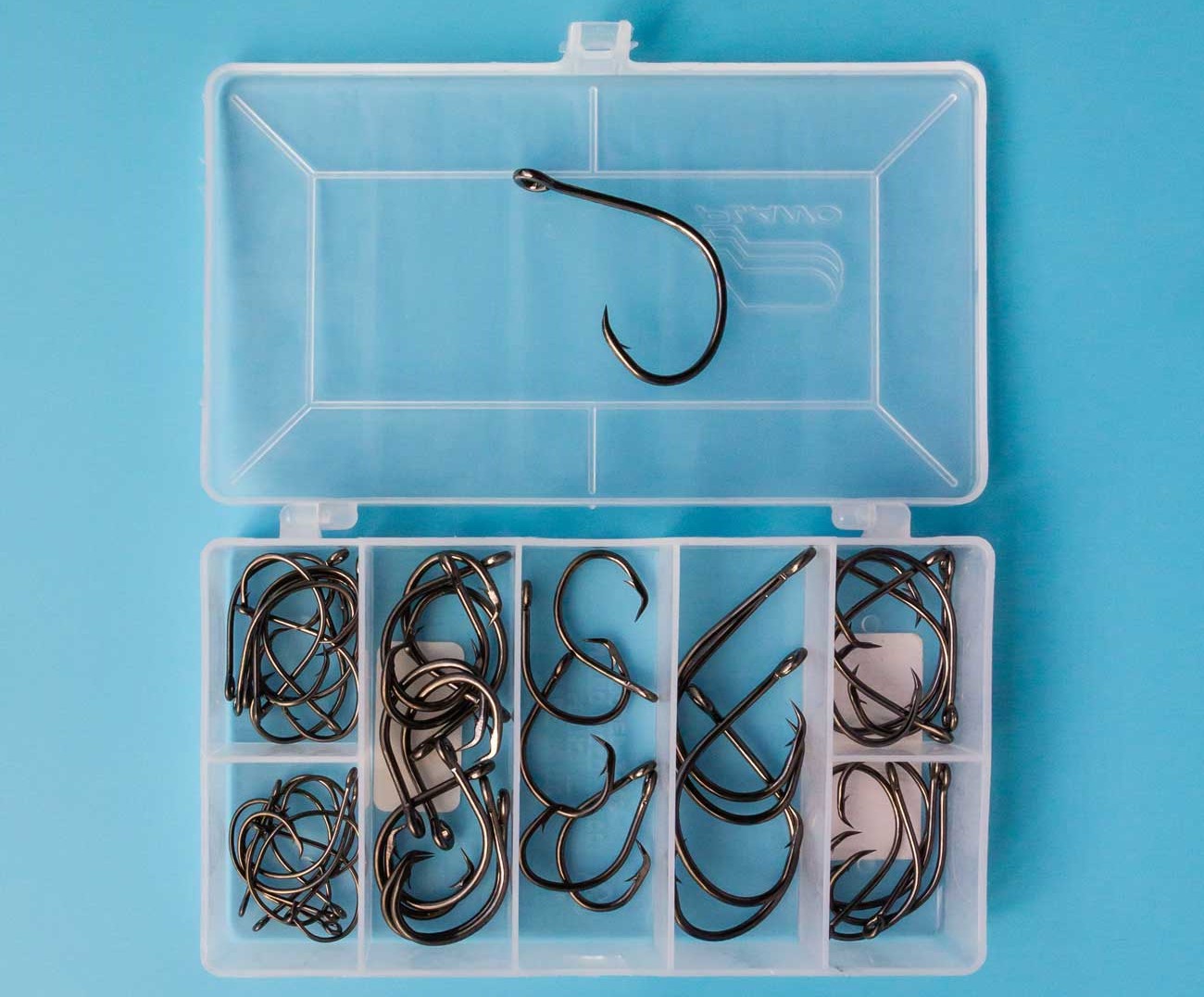
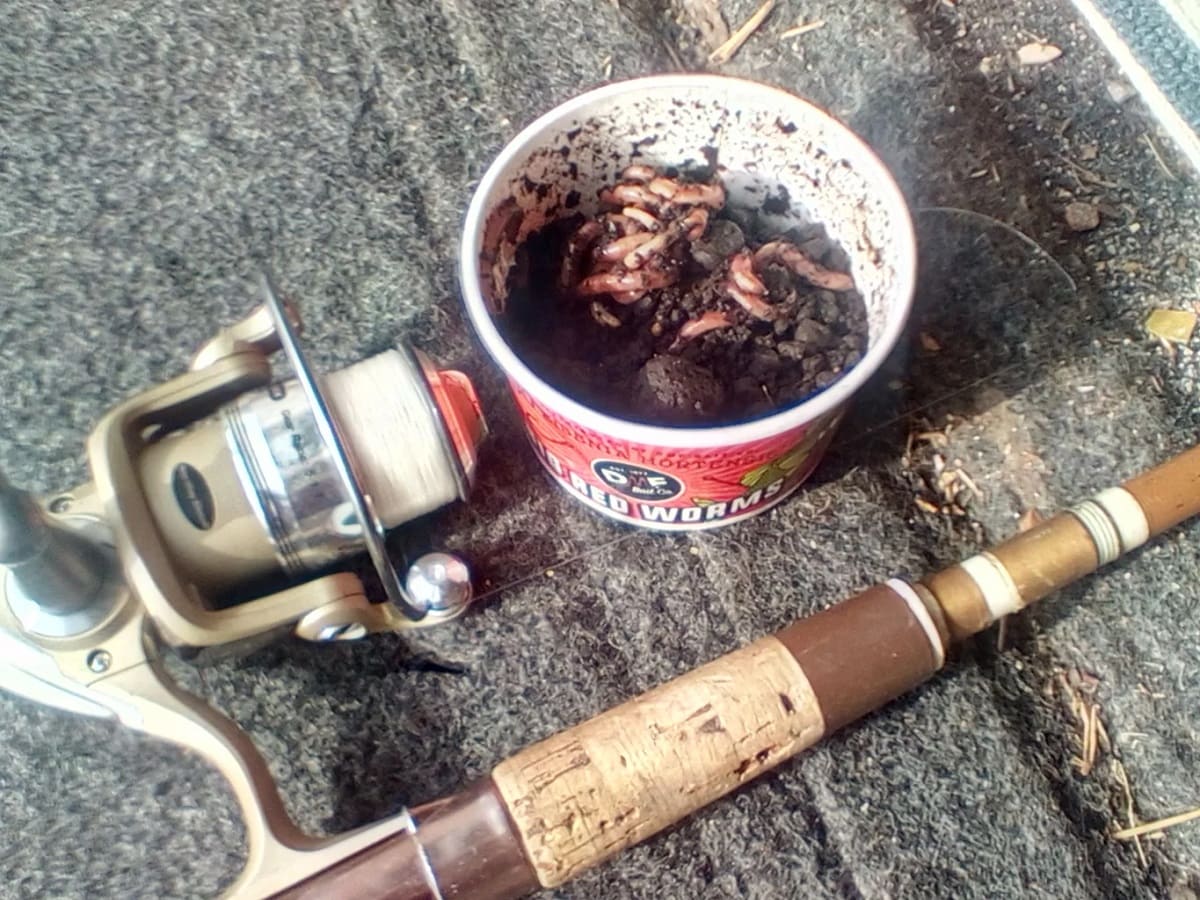



0 thoughts on “How To Store Fresh Fish”